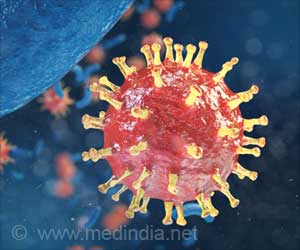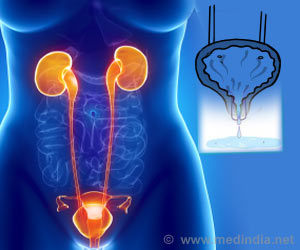Nitric oxide interacts with different components of the large network of proteins and other molecules that surround, support, and give structure to tumor cells and tissues in the body. Hyaluronic acid is one of the main components of this network and is the material of choice for fabricating these hydrogels.
“HA plays multiple roles in tumor tissues” says Amir. “However, its interactions with nitric oxide have not been thoroughly investigated. The study, recently published in Biomacromolecules, attempts to understand the mechanism of these interactions and the different effects on nitric oxide levels and migration of breast cancer cells.”
Advertisement
The study is supervised by Prof Abhay Pandit, Scientific Director of CRAM, and was published with collaborators Dr Sharon Glynn from the Lambe Institute for Translational Research and Dr Pau Farras from the School of Biological and Chemical Sciences in the Ryan Institute at the National University of Ireland Galway.
The work investigated the ability of HA to scavenge nitric oxide. The team found that the conversion of nitric oxide to certain nitrogen centered free radicals causes the HA to break down, which further inhibits the nitric oxide induced migration of cancer cells in the tumor environment.
Collectively, these results help toward understanding the involvement of HA in nitric oxide induced cell migration and suggests the potential use of modified HA, as a key material in different biomedical applications.
Commenting on the study, Professor Abhay Pandit, said: “While the recent progress in research about the roles of nitric oxide with tumor progression resulted ultimately in a number of ongoing clinical trials for evaluating the effects of NO-synthase inhibitors, we are focusing on NO itself trying to avoid the side effects/reactions of these inhibitors.”
Source: Newswise



